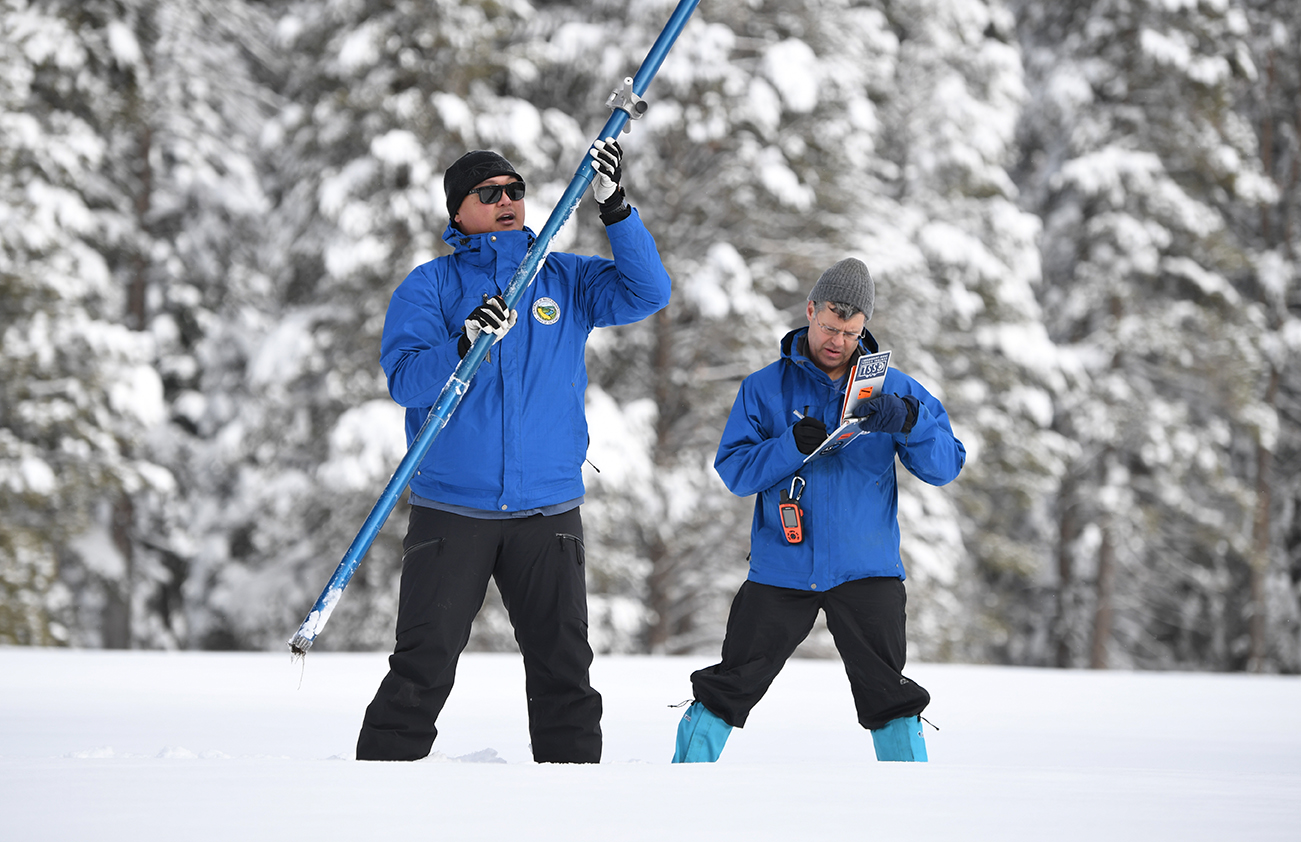
Following a barrage of storms at the end of December and beginning of January, California made a quick about-face from critically dry conditions to floods across the state.
The abrupt change exemplifies California’s boom-and-bust patterns in precipitation in a condensed period of time. It also highlights how important it is to be prepared for the lows as well as the highs when it comes to rainfall.
Atmospheric Rivers
In recent weeks, many areas of the state received much higher-than-average rainfall. The atmospheric rivers helped raise water levels in reservoirs across the state, many of which were at very low levels in early December.
The high flows have raised Shasta and Oroville reservoirs to their highest levels in the last 2.5 years. Snowpack in the Sierra Nevada is well over average for this time of year, with many sensor locations showing snowpack at more than 200% of normal. Hopefully, this snow will melt slowly and keep rivers and reservoirs full into the spring.
If the last few years have taught us anything, however, it is that water supply in California is volatile. All the recent precipitation has downgraded the state from extreme drought to severe drought. This means that California is experiencing flood events while still facing significant drought conditions. Although it may seem like a contradiction in terms, this is the reality.

Water Storage/Conveyance
This reality also means that investing in new water storage and conveyance infrastructure is important for dry times as well as wet times. For instance, reservoirs can use excess flows from atmospheric river events to replenish stores lost during drought events.
At the same time, those excess flows also can be redirected to help recharge groundwater. Moreover, functional conveyance also can help move flows to where water can be stored and keep floodwaters away from communities.
Sites Reservoir
For example, the proposed Sites Reservoir, which would be a new lake situated in Colusa County, would have been able to capture 120,000 acre-feet of water between January 3–15, 2023, if it had been operational.
As river levels continue to run high, the reservoir could have diverted more water over time. Later, these stored flows would have been released in dry years for communities, businesses and the environment.
The Sites project, which is slated to receive Proposition 1 bond funds, is seeking necessary permits and aims to break ground in late 2024 or early 2025.
A quick calculation shows what this one project could have meant for California: a single acre-foot (enough water to cover an acre of land one-foot deep — 326,000 gallons) usually can meet the annual indoor and outdoor water needs of at least one to two households.
Groundwater Recharge
Irrigation districts in the Fresno area used high storm flows to flood farmland, allowing water to percolate into the ground in an effort to recharge groundwater. These efforts are new, due to regulatory hurdles that have slowed attempts to divert high storm flows for recharge purposes.
The Governor’s March 2022 Executive Order, for instance, exempted such recharge projects from certain regulatory approvals, meaning that these projects could come online in order to utilize the storm systems early this year.
Water Infrastructure
Finally, the ability to move water from where it falls as precipitation to where it can be used or stored for later use is important. This can allow more water to be saved rather than lost as runoff or lost when conveyance capacity is reached.
If we expect California to receive more precipitation in shorter periods of time, properly sized conveyance infrastructure will be essential to ensuring that sufficient flows are saved for a nonrainy day.

